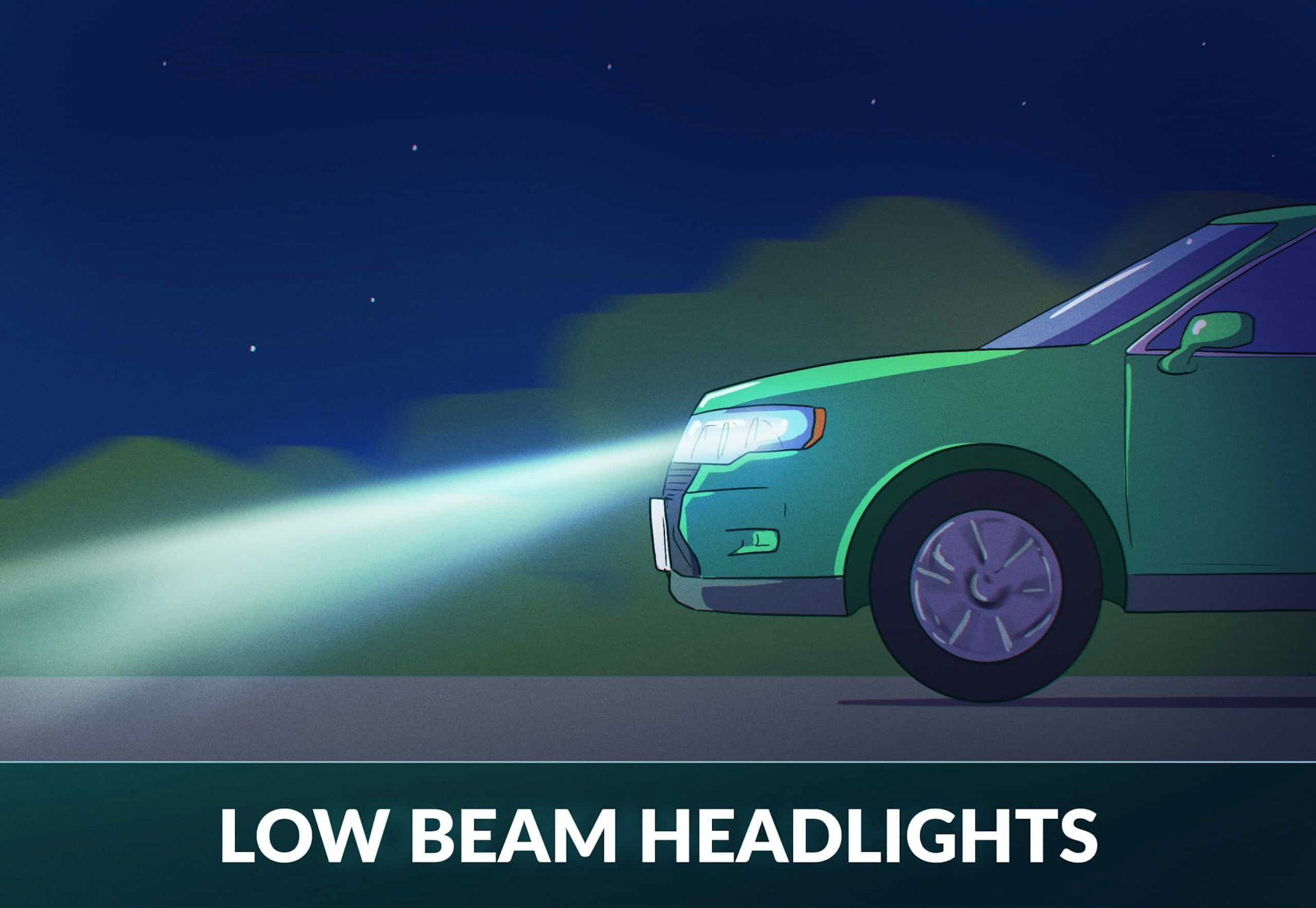Your Low Beam Headlights Enable You To See

Let's face it, headlights aren't exactly the sexiest topic. We're usually drooling over horsepower figures, 0-60 times, and track-day performance. But ask yourself: how much of that performance can you actually use safely *without* properly functioning headlights? The answer, of course, is very little. And while high beams get all the glory for illuminating distant threats, it's your low beam headlights that do the heavy lifting in the majority of driving scenarios. They're the unsung heroes of road safety, enabling you to see, and just as importantly, be seen.
The Evolution of Illumination: From Halogen to Laser
For decades, the humble halogen bulb was the king of the road. Inexpensive and readily available, halogens provided adequate light for most drivers. However, their efficiency and light output were limited. Fast forward to today, and we're spoiled for choice with a range of technologies, each with its own set of advantages and disadvantages.
Xenon (HID) headlights offered a significant improvement over halogens, boasting greater brightness and a longer lifespan. They operate by creating an arc of light between two electrodes in a chamber filled with xenon gas. The result is a whiter, more intense light that improves visibility, especially in challenging conditions. But HID systems are more complex and expensive than halogen setups.
LED headlights have become increasingly prevalent, offering a compelling combination of efficiency, longevity, and design flexibility. LEDs are small, energy-efficient, and can be arranged in various configurations to create unique and distinctive lighting signatures. They also offer instant-on capabilities, unlike HIDs which require a warm-up period.
Finally, we have laser headlights, currently the pinnacle of automotive lighting technology. Found on select high-end models, laser headlights use lasers to excite a phosphor material, which then emits a bright, white light. The result is an incredibly focused and powerful beam that can extend visibility significantly further than other headlight technologies. However, laser headlights are currently very expensive and complex, limiting their availability.
Headlight Tech Comparison
| Technology | Brightness (Lumens, approx.) | Lifespan (Hours, approx.) | Cost (relative) | Pros | Cons |
|---|---|---|---|---|---|
| Halogen | 700-1200 | 500-1000 | Low | Inexpensive, readily available | Lowest brightness, shortest lifespan |
| Xenon (HID) | 2000-3000 | 2000-3000 | Medium | Significantly brighter than halogen, longer lifespan | More expensive than halogen, requires warm-up time |
| LED | 1500-4000 | 15,000-30,000 | Medium to High | Efficient, long lifespan, instant-on, design flexibility | Can be expensive, heat management can be an issue |
| Laser | 3000+ | 20,000+ | Very High | Highest brightness, longest range | Very expensive, complex system |
Model-Specific Differences: BMW 3 Series vs. Mazda MX-5
Let's consider two drastically different vehicles: a BMW 3 Series (equipped with optional adaptive LED headlights) and a Mazda MX-5 (typically equipped with halogen or standard LED headlights, depending on the trim level). The BMW's adaptive LED system incorporates features like automatic high beam assist (which automatically dims the high beams when oncoming traffic is detected) and cornering lights (which illuminate the direction the car is turning). These features enhance visibility and safety, particularly on winding roads.
In contrast, the Mazda MX-5, while offering decent illumination, lacks the advanced features of the BMW. On a dark, twisty road, the MX-5 driver might find themselves constantly switching between high and low beams, while the BMW driver can rely on the automatic system to manage the lighting effectively. However, the simplicity of the MX-5's lighting system also means fewer components that can fail, and a lower overall cost.
BMW 3 Series (Adaptive LED Headlights):
- Pros: Exceptional brightness, adaptive features enhance visibility and safety, stylish design.
- Cons: High cost, complex system, potential for expensive repairs.
Mazda MX-5 (Standard LED Headlights):
- Pros: Good brightness (depending on bulb and trim), reliable, relatively inexpensive.
- Cons: Lacks advanced features, may not provide optimal visibility in all conditions.
Driving Impressions: Real-World Performance
Driving a car with subpar headlights is like driving with one eye closed. The difference between halogen headlights and a modern LED system is night and day (pun intended!). On a dark, rainy night, the crisp, white light of an LED system can penetrate the gloom, revealing potential hazards much earlier. Halogen lights, on the other hand, often struggle to cut through the rain, making it difficult to see. I recently swapped out my old halogen bulbs on my classic muscle car with a modern LED conversion kit. The difference was incredible - I can see much further now, giving me more time to react to road hazards. It's a worthwhile upgrade, and has made driving at night much safer.
Even within the same technology (e.g., LED), there can be significant differences. Some LEDs produce a very focused beam, while others offer a wider spread of light. The ideal choice depends on your driving style and the types of roads you typically travel. For highway driving, a focused beam is preferable, while for city driving, a wider beam is more useful for spotting pedestrians and cyclists.
Ultimately, the best headlights are the ones that provide the best visibility for your specific driving needs and conditions. Don't underestimate the importance of good headlights – they're a crucial safety feature that can make the difference between a safe journey and a potential accident.
And now, for the fun part: Let's hear it! Which is better: projector vs reflector headlights? Are projector headlights always superior, or can reflectors still hold their own? Let the debate begin!
